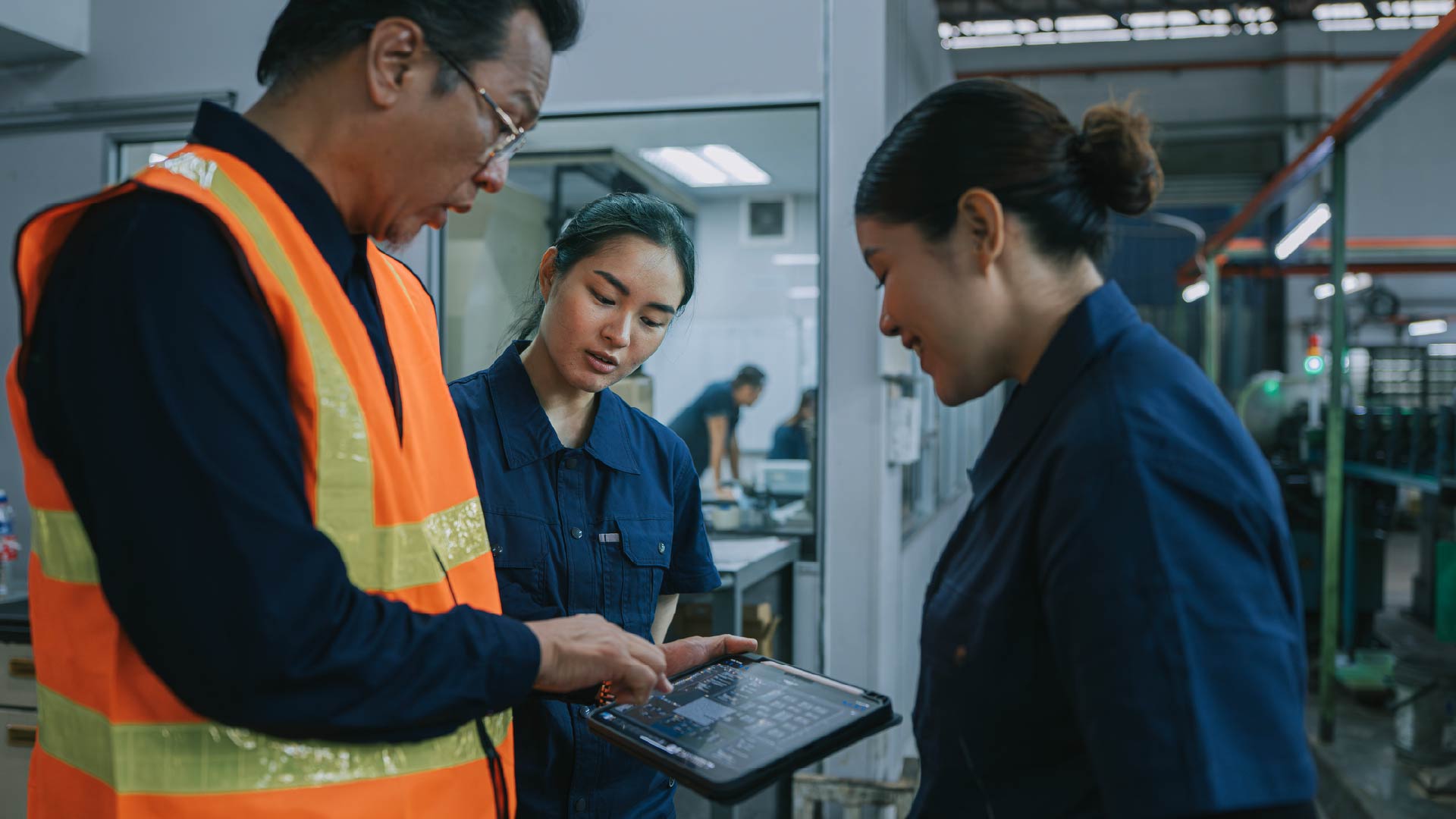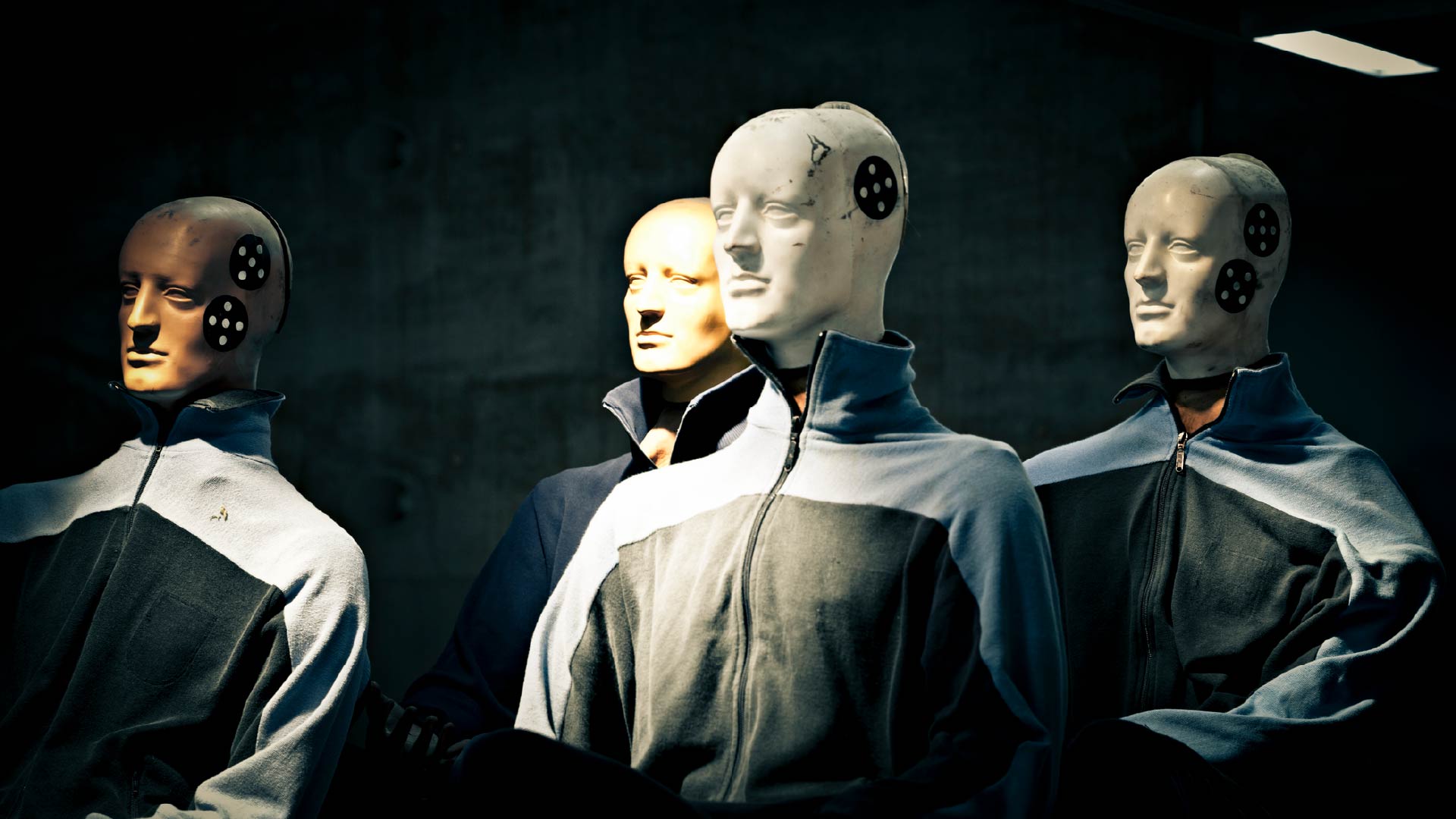Artificial Pervasive Intelligence And What It Means For Safety Software
There are four potential paths for GenAI model development – minimal improvement, linear enhancement, exponential development and making the leap to artificial general intelligence (AGI). Executives at tech giants Alphabet, Meta and Microsoft are pumping tens of billions of dollars of investment into AI cloud infrastructure because they believe that the fourth outcome – AGI – is achievable. According to Microsoft Copilot, ‘Artificial General Intelligence (AGI) refers to a type of artificial intelligence that matches or surpasses human capabilities across a wide range of cognitive tasks’. Even if AGI is only partially achieved, owning the vast compute resources and AI cloud services that will power the next generation of AI-enhanced software is critical for future growth. Enterprise software firms will benefit from this incredible build-out of AI cloud services.
Product strategists at enterprise software firms don’t need to get hung up on the Silicon Valley debate about AGI – when it will arrive, how it is defined, how it will be regulated. It makes more sense to cogitate on the reality that AI will be pervasive. AI models – whether that is LLMs, multi-modal models or fine-tuned models – will improve. Their value add will increase. This could be gradual or exponential. So product strategists need to include AI in product roadmaps on the assumption that AI will be pervasive in all enterprise software. Over time this will reshape application design. Take a system of record like safety software. At present, these applications are heavily dependent on users to manually enter data such as accident reports, near-miss observations and medical information. Reporting is often clunky and locked into human-oriented user interfaces. Pioneers in the adoption of AI for safety management, like Benchmark Gensuite and Cognite, are testing out how to reduce manual data entry or generate far better insights from pattern recognition of vast reams of unstructured text and images.
These vendors – and others such as Cority, EcoOnline and HSI – need to push further in terms of making AI pervasive in their applications and figuring out how to entirely eliminate manual steps from processes. Starting from the assumption of pervasive AI will transform how safety monitoring, management and programme design are implemented. For example, innovators such as Aware360 and Reactec provide granular occupational health data via connected devices. AI analytics can analyse these large data sets and spot patterns and edge cases that would not be observable to human analysts. Additionally, AI has been critical in the related field of autonomous vehicle navigation. CCTV video analytics powered by AI provide granular data to help firms understand safety hazards and procedure violations, such as workers without appropriate PPE. Multi-modal generative AI models can combine video, image, text and voice recordings in multiple languages to enable safety leaders to interrogate vastly more complex data sets than was realistic before.
About The Author

David Metcalfe
CEO and Co-Founder





